A. Lon Po Po
B. Ed Young
C. Ed Young
D. Penguin Putnam Books, 1989
E. Picture book, traditional tale
F. k-2
G. Lon Po Po is the Red Riding Hood story of China. It is about three girls who are visited by a wolf when their mother leaves them alone to go visit their grandmother. The eldest is the first to figure out that the wolf who is trying to disguise himself as their grandmother, is actually a wolf. The sisters outsmart the wolf by telling him there are some delicious nuts that grow in the top of a tree outside that will make them live forever. The wolf really wants some of those nuts but cannot climb the tree to get to them. So the girls tell their "Po Po" that they will raise her up in a basket. When the basket gets almost to the top, the girls drop the basket, killing the wolf. The mother returns and everyone lives happily ever after.
H. This book reminded me a little bit of the Three Little Pigs. The wolf was trying to get inside to eat the girls much as a wolf was trying to get in to eat the three little girls. I love how clever the girls were in outsmarting the wolf. It also amazed me how determined the wolf was to get those nuts; he just kept climbing back into the basket even though he had been dropped twice!
The language also impressed me. I loved the simplicity of the language but also how rich it was at the same time. I could tell that this story was not from the American culture but it shows how similar we are across all cultures. We all love our grandmothers and want them to come in out of the cold when they are sick.
I also liked the illustrations. I couldn't find what the media/medium is/was but it looks to me like chalk or pastels. The "panels" of illustration were new to me. I don't know a whole lot about the Chinese culture so I'm not sure if the panels are representative of traditional Chinese artwork or not. Either way, I haven't come to a conclusion as to whether or not like the panelling effect. In some spreads, they seem effective as a means to separate different parts of the illustration and in others it seems like the separation is not welcome in the illustration. Perhaps I would like them better (or at least be able to make a decision) if I understood why Young chose to do that.
I. This book is a good way to expose readers to traditional tales from other cultures. I would start by reading the traditional American Little Red Riding Hood before delving into this one. I would also include versions from other cultures, more importantly, cultures that are represented in the my own classroom. In addition to teaching about traditional tales, this could also be a good introduction into different cultures. From this could stem a discussion or lesson on the Chinese culture. By starting with simple things like this and seeing how similar different cultures are to their own, children can learn that prejudice is completely unnecessary and unfounded. Short stories are a great way to teach children that even though we may all look different, we are similar in many different ways.
*Caldecott Medal winner*
*Multicultural*
Subscribe to:
Post Comments (Atom)
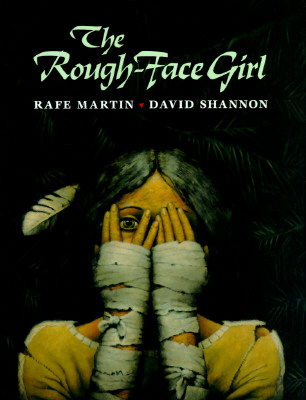
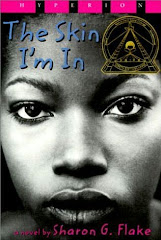


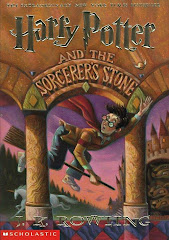
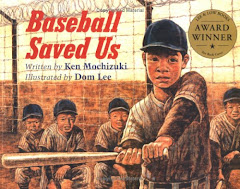
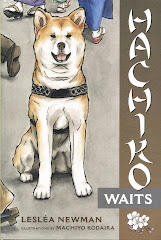



1 comment:
Thank you for writing such a thorough response! I am most impressed with your attention to your opinion regarding the panel art. I hope you further research this art form : ) And you are right, Young uses charcoal, pastels, and watercolors in his illustrations.
I am unable to locate your Venn Diagram? Would you please let me know where your photos are?
Post a Comment